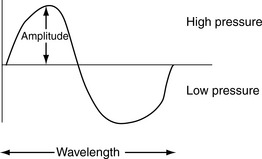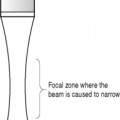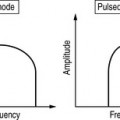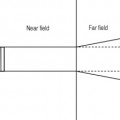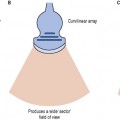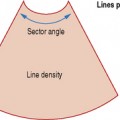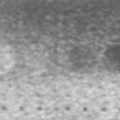Chapter 2 Principles and physics of ultrasound imaging
simple terminology definitions
Absorption: This is the major cause of attenuation. Absorption occurs when ultrasound energy is lost to tissues by its conversion to heat. Higher frequency waves undergo greater absorption.
Acoustic power: The rate of flow of energy through the cross-sectional area of the beam.
Amplitude: The height of a wave. The amplitude and intensity of sound represent the energy associated with the sound wave. The greater the amplitude or intensity, the more the energy, and the ‘louder’ the sound. Increasing the acoustic power will increase both the intensity and the amplitude (see Fig. 2.1).
Anechoic: Areas on the image showing no internal echoes, appearing dark or black on the image.
Coronal plane: Divides the body into anterior and posterior sections, perpendicular to the sagittal.
Stay updated, free articles. Join our Telegram channel

Full access? Get Clinical Tree


